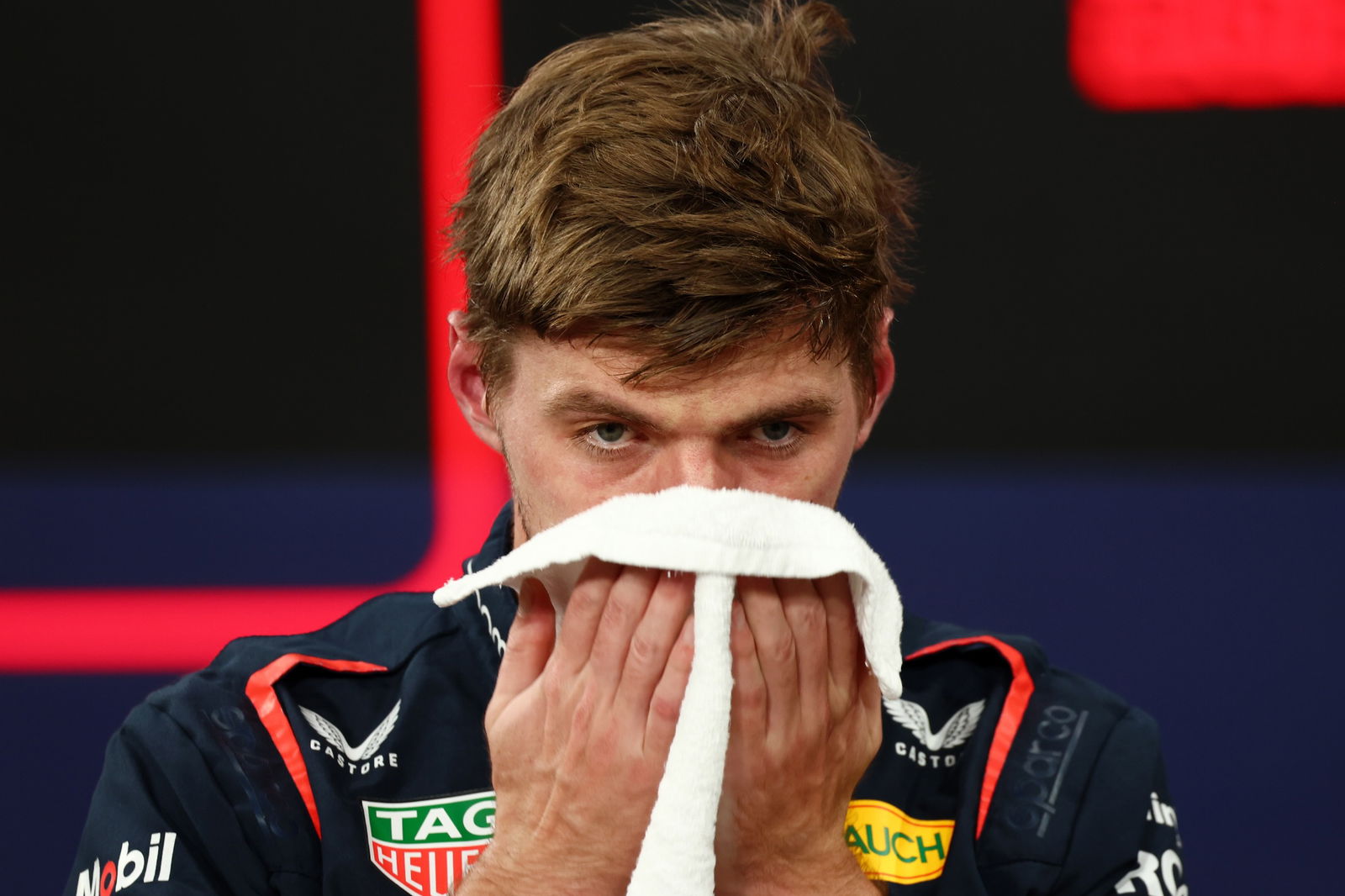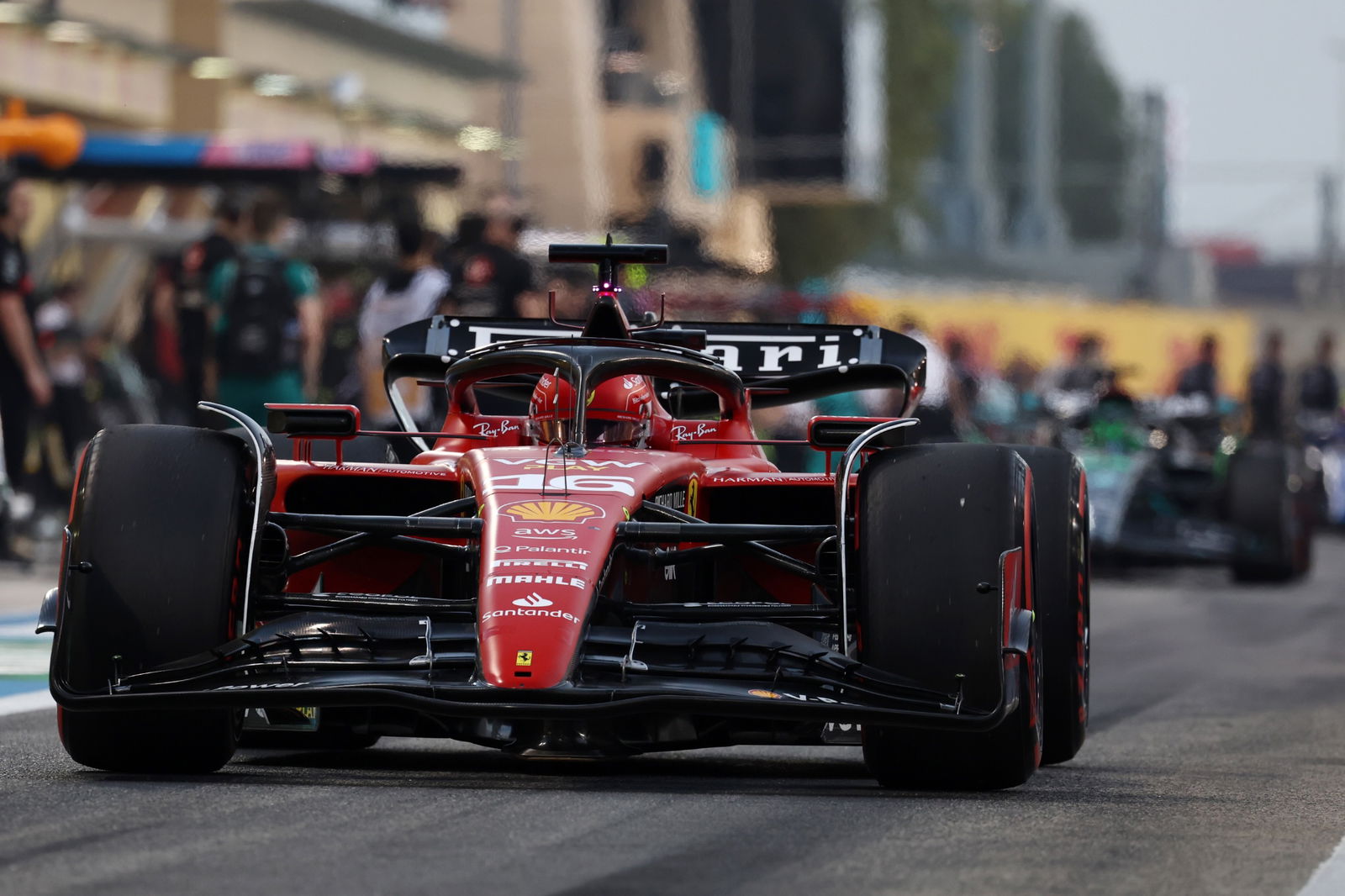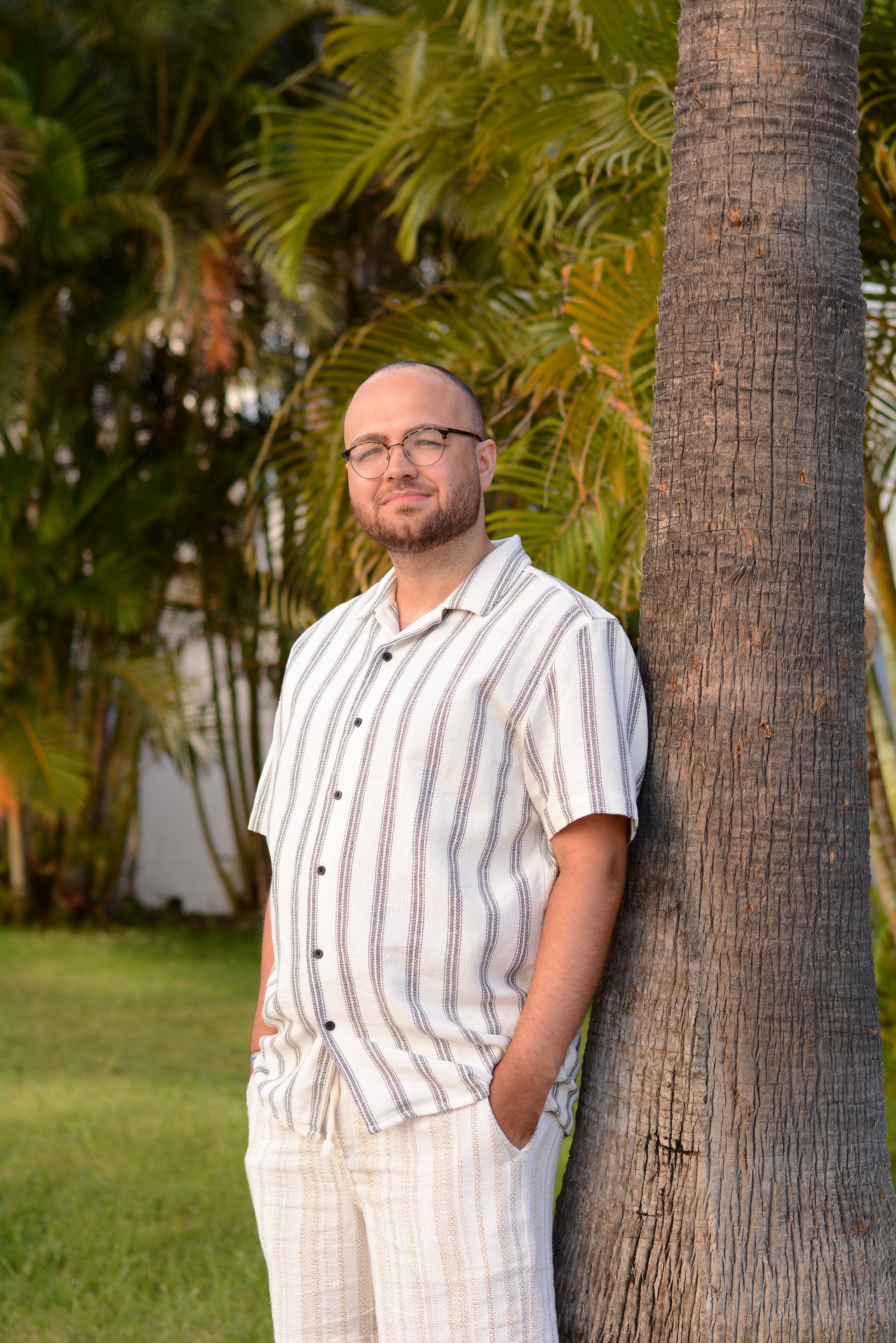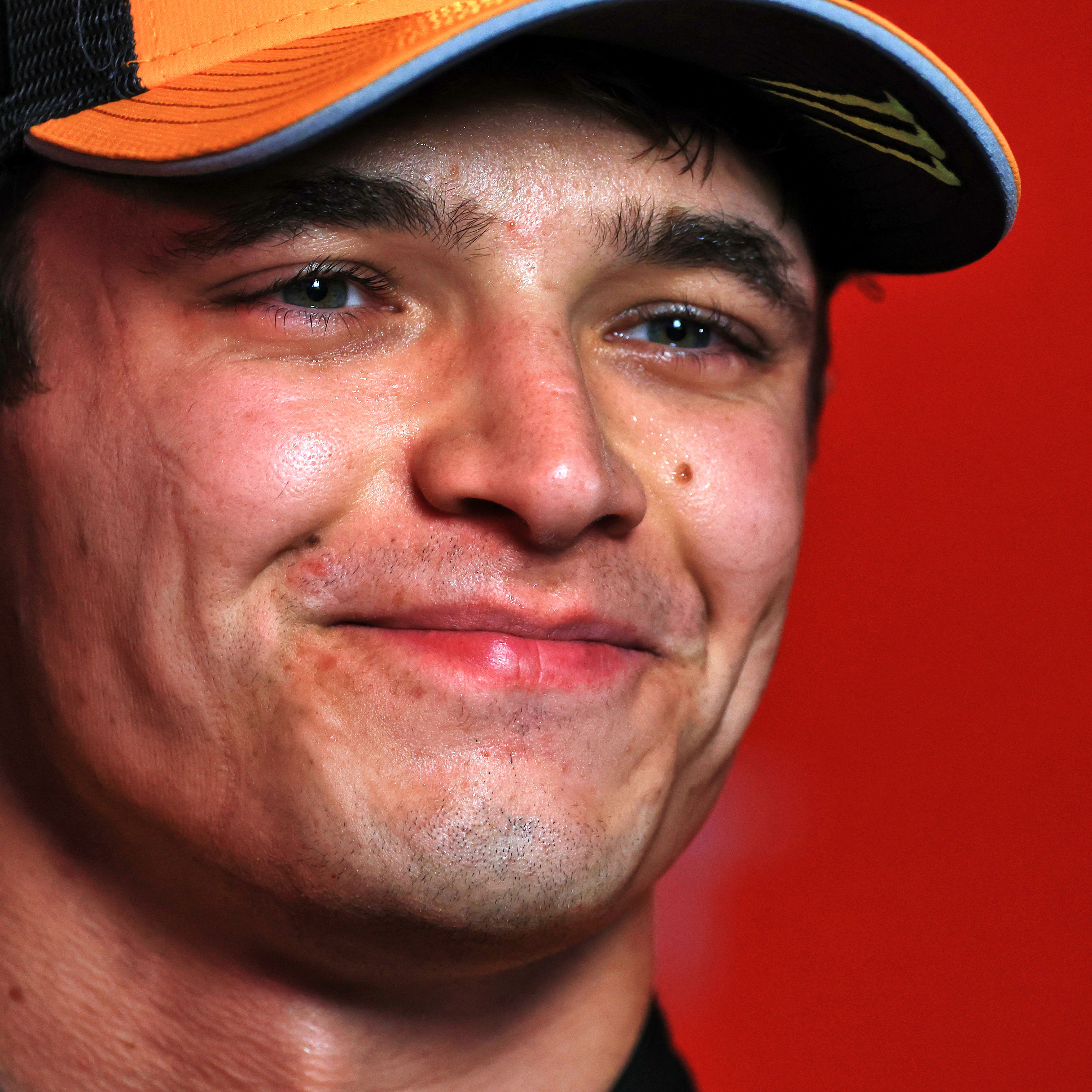How one of Red Bull’s first F1 drivers became an FIA steward

Liuzzi spent a number of years in F1, making his debut with Red Bull in 2005 as a mid-season replacement for Christian Klien.
He then moved to junior team Toro Rosso before spending a couple of years with Force India.
His F1 career came to an end in 2011, racing for minnows HRT, spending half a season as teammates with a young Daniel Ricciardo.

After a stint in Formula E and sportscars, Liuzzi found his next career move as a steward for the FIA.
The FIA often have ex-drivers as part of their stewarding team, with Liuzzi featuring regularly.
Speaking on F1’s Beyond the Grid podcast, he spoke about his new role and how “different” it is to being a driver.
“Totally different, I have to say,” he said. “It has been a huge change. I obviously used to prefer driving because I love adrenaline in my life.
“But I have to say that this step has been a big change in my career and being on the other side of the desk, it’s quite interesting because it shows how many tools people used to have to judge us.
“Now I can see from the other side why I was discussing with stewards in the past and why many times they could have been right, because they had so many tools to analyse things.
“I have to say I enjoy this position. I enjoy to be back at the F1 track, in the paddock where I grew up, and it is always a nice feeling because F1 is always my life.”
Judging incidents is the FIA stewards’ main role during a race weekend.
Whether it’s driver to driver contact, impeding or a non-driving rule breach, Luizzi - among the rest of the other stewards - have to make quick decisions.
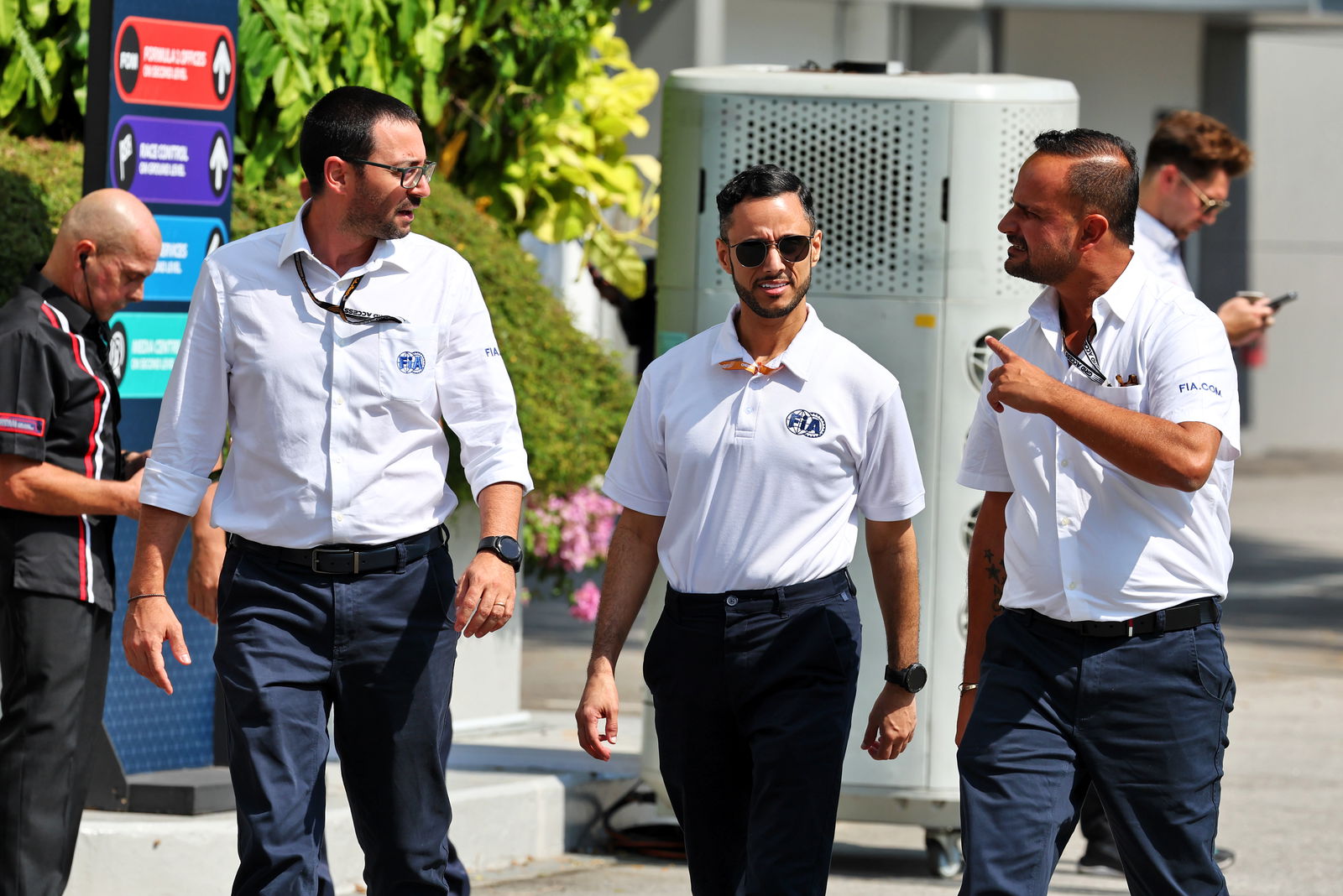
Explaining that challenge, he said: “Pretty quickly. I have to say that 90% of the idea, I make it quickly,” he added. “As I said before, we have many tools to analyse the accident with the cameras there, with radio communication between the drivers and the engineer, with the telemetry.
“A lot of tools that are really important to see the motion or how the accident arrives and what the driver is thinking or what the driver is doing in the car.
“We analyse quickly all these details so we have really professional people inside our room that makes this happen really quickly and that will help us to judge in a short time.
“But sometimes, of course, at the beginning of a crash I feel sure about the result but after, with all the camera angles and the radio communication, it changes my mind.”
